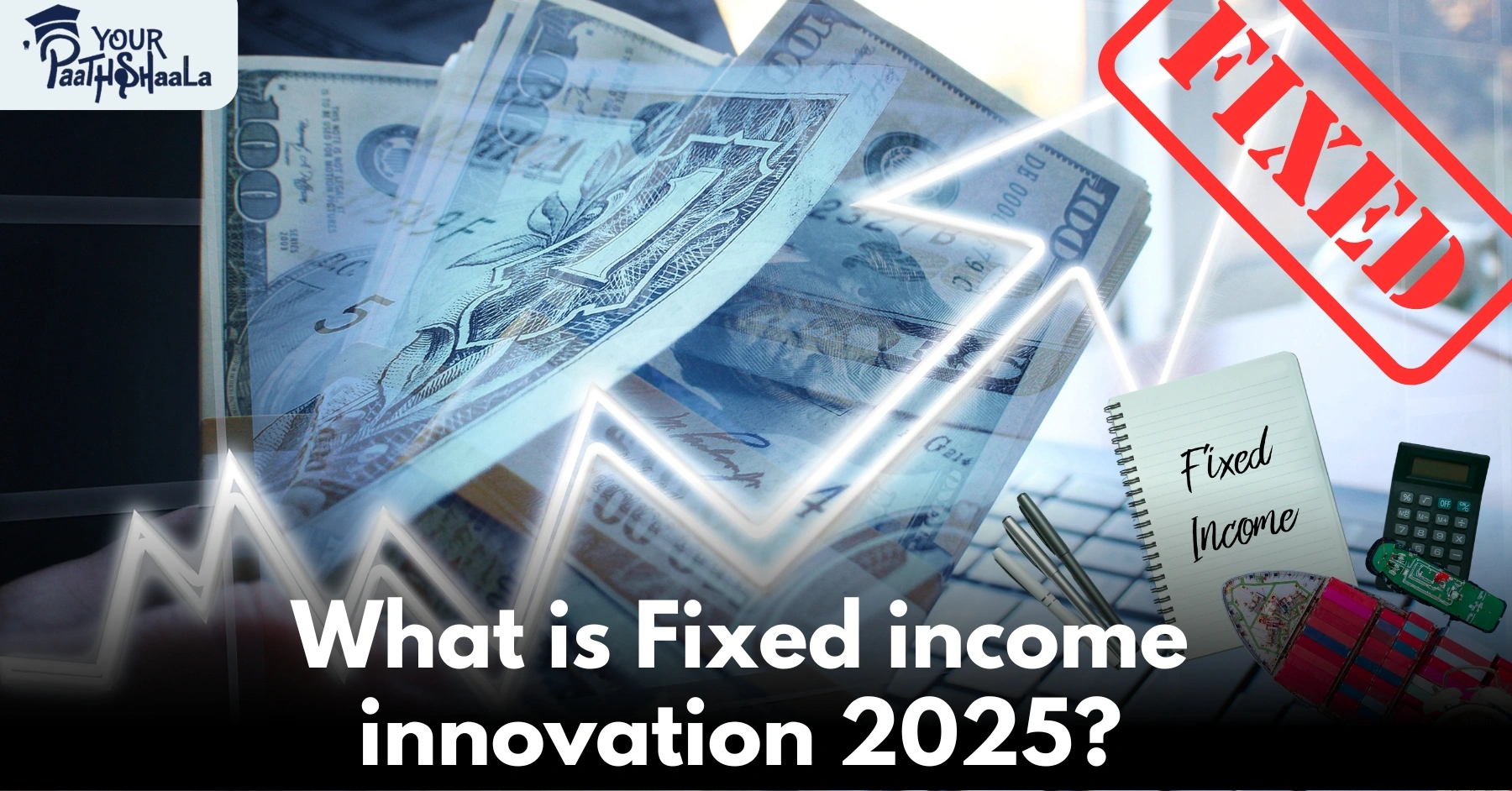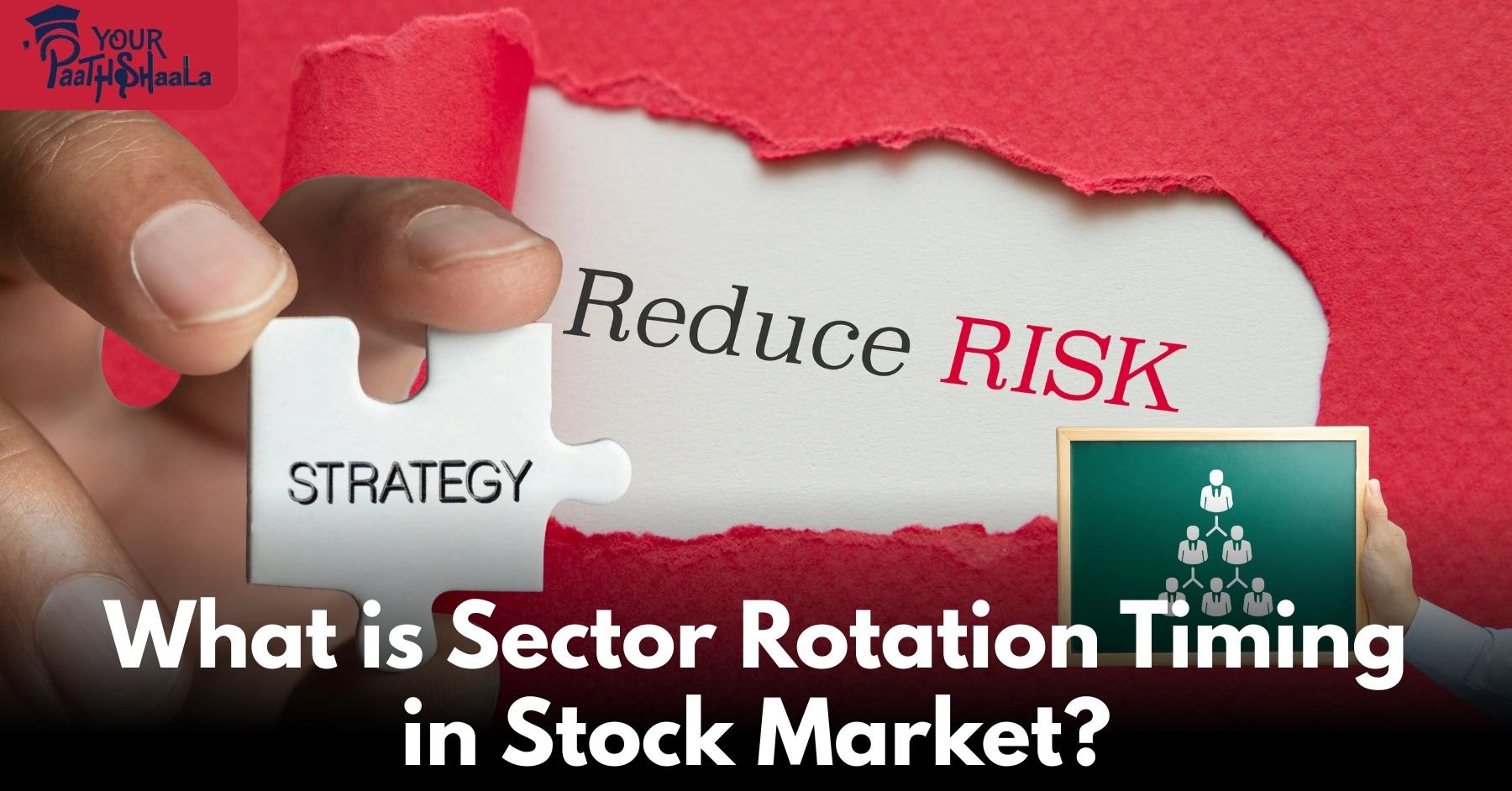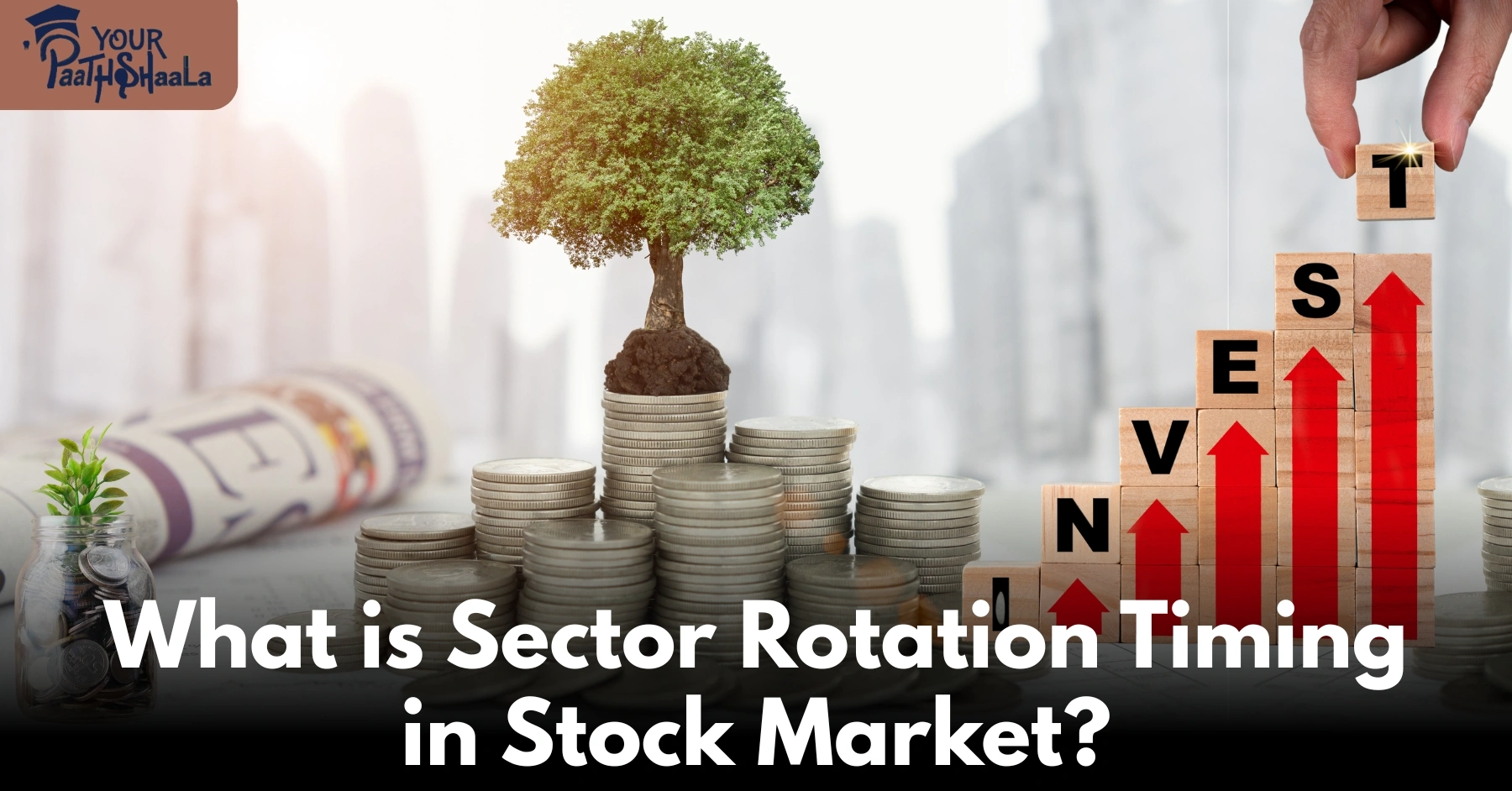Fixed Income Innovation: Smarter Bond Strategies for 2025 and Beyond
For decades, fixed income investments have been viewed as a haven for conservative investors seeking stability and predictable returns. Bonds and other income-generating instruments were seen as “safe bets”—something you hold when you’re closer to retirement, or when you simply want to shield your portfolio from market volatility.
But that’s no longer the case.
Today, fixed income innovation is transforming how investors approach bonds and similar assets. Rising interest rates, inflation pressure, changing tax laws, and advanced financial engineering have reshaped this once-static sector. No longer just about “playing it safe,” the world of fixed income in 2025 is about smart strategy, inflation protection, yield optimization, and tax efficiency.
Whether you’re a new investor curious about income assets, or someone looking to re-balance a volatile portfolio, this guide breaks down the latest trends and opportunities that define modern fixed income investing.
The Evolution of Fixed Income: Why Innovation Matters Now
The traditional idea of investing in bonds was simple: buy government or corporate debt, collect interest, and wait for maturity. But the economic reality has changed. Over the past decade, we’ve seen:
Interest rate volatility from near-zero to over 5% in major economies
Surging inflation impacting real returns
Municipal and corporate credit markets evolving rapidly
Global debt levels hitting record highs
The rise of structured, floating, and inflation-protected income products
Because of these changes, fixed income strategies need to evolve. They must now offer flexibility, inflation hedging, liquidity, and tax-smart solutions—all without sacrificing reliability.
Let’s explore the four most important innovations in today’s fixed income landscape.
1. 🔄 Floating Rate Bonds: Protection from Interest Rate Hikes
One of the biggest risks bond investors face is interest rate risk. When central banks raise interest rates, the value of traditional bonds (with fixed coupon payments) often falls. That’s where floating rate bonds come in.
What Are Floating Rate Bonds?
Floating rate bonds—also known as “floaters”—are debt securities with variable interest payments. Instead of locking in a fixed coupon, the rate adjusts periodically (typically every 3 or 6 months) based on a benchmark like LIBOR or SOFR.
Why Are They Important Now?
With global interest rates fluctuating and likely to remain elevated, floating rate bonds provide built-in protection:
As rates rise, your income rises too
Less price volatility compared to fixed-rate bonds
Useful in short-term debt strategies or laddering techniques
Where Can You Find Them?
U.S. Treasury Floating Rate Notes (FRNs)
Bank-issued floating rate notes
Floating rate bond ETFs
Structured notes from asset managers
For example, a short-duration floating rate bond ETF can serve as a powerful tool for capital preservation without sacrificing return potential in a high-rate environment.
2. 📉 Inflation-Protected Securities (TIPS): Preserving Purchasing Power
Inflation erodes the real value of money over time. Even if a bond pays 5% interest, if inflation is 6%, you’ve lost money in real terms.
That’s why Treasury Inflation-Protected Securities (TIPS) are a critical innovation for long-term investors.
How TIPS Work
TIPS are U.S. government-issued bonds where both the principal and interest payments adjust with inflation. The Consumer Price Index (CPI) is used as the inflation measure.
If inflation goes up, the principal increases
If inflation drops or goes negative, the principal decreases
Interest payments are calculated on the adjusted principal
This means your purchasing power is maintained—even during inflationary shocks.
Why Use Inflation-Protected Securities?
Safeguard against rising consumer prices
Great for retirement portfolios and fixed-income ladders
Often used in diversified bond ETFs focused on inflation resilience
TIPS can be held individually or accessed through mutual funds and ETFs such as the iShares TIPS Bond ETF (TIP) or Vanguard Short-Term Inflation-Protected Securities ETF (VTIP).
Caution: Taxes on Phantom Income
Be aware: increases in TIPS principal due to inflation are taxable annually—even though you don’t receive the principal until maturity. Tax-aware placement (such as in IRAs) can help mitigate this.
3. 💼 High-Yield Corporate Bonds: Risk-Managed Returns
For those seeking higher returns in a fixed income context, high-yield corporate bonds offer a compelling option.
What Are High-Yield Bonds?
Also called junk bonds, these are issued by companies with lower credit ratings (BB or lower by S&P or Ba by Moody’s). Since they carry more risk of default, they offer higher interest rates.
But “junk” doesn’t mean useless. Many mid-cap or turnaround companies issue high-yield debt and rarely default.
Advantages of High-Yield Bonds
Attractive yields (often 2-3x that of Treasuries)
Lower duration risk than long-dated government bonds
Can be used to diversify income streams
Where to Access High-Yield Debt
Actively managed high-yield bond funds
ETFs like HYG (iShares) or JNK (SPDR)
Individual bonds for seasoned investors
For newer investors, high-yield bond ETFs offer built-in diversification and professional credit analysis. Look for funds with low expense ratios and strong risk screening.
4. 🏛️ Tax-Free Municipal Bonds: Smart Income for Wealth Preservation
Municipal bonds—often referred to as “munis”—are issued by state and local governments to fund public projects like schools, roads, and hospitals.
The key attraction? Tax advantages.
Why Municipal Bonds Are Ideal for Long-Term Income
Federal tax-exempt income (and sometimes state tax-free too)
Ideal for high-income investors in high-tax states
Generally lower default risk than corporate debt
You can purchase individual municipal bonds or invest through national or state-specific muni bond funds. For example:
Vanguard Tax-Exempt Bond ETF (VTEB)
BlackRock National Municipal Fund
State-specific funds for CA, NY, etc.
When Do Munis Shine?
In rising tax environments
For retirees seeking stable, net-of-tax income
In portfolio balancing strategies that need “quiet assets” with low volatility
Municipal bonds are particularly useful when you’re trying to preserve wealth without triggering large tax bills.
Bonus: Combining Fixed Income Tools for Smarter Portfolios
The most successful income investors aren’t putting everything into one basket. They’re building multi-layered income strategies that mix floating, inflation-protected, high-yield, and tax-exempt instruments together.
Here’s how:
| Objective | Strategy | Instruments |
|---|---|---|
| Short-Term Flexibility | Floating Rate Bonds | Bank FRNs, Treasury FRNs |
| Inflation Protection | TIPS | TIP, VTIP ETFs |
| Higher Yields | High-Yield Bonds | HYG, JNK, HYT |
| Tax-Free Income | Muni Bonds | VTEB, Individual Munis |
Who Should Be Using Fixed Income Innovation?
You don’t need to be a bond expert or a fund manager to benefit from these tools. Here’s who they’re ideal for:
✅ Beginner Investors – Starting with bond ETFs or short-term floaters
✅ Young Professionals – Balancing stock risk with income-focused assets
✅ Retirees – Preserving capital with inflation and tax awareness
✅ Wealth Builders – Adding stable income sources alongside equities
✅ Tax-Sensitive Individuals – Using municipal bonds for net income gains
If you’re not sure where to begin, the easiest step is to explore beginner-friendly bond funds that include multiple strategies. Robo-advisors and digital brokerages often offer fixed-income allocation options too.
Final Thoughts: The Future of Income Isn’t Boring
The world of fixed income has come a long way from simple savings bonds and CD ladders. With innovations like floating rate debt, inflation protection, high-yield opportunities, and tax-free income vehicles, you now have the tools to design a bond portfolio that is strategic, responsive, and modern.
In 2025 and beyond, “safe” no longer means “slow.” It means smart, diversified, and ready for anything the market throws your way.
So whether you’re building your first portfolio or refining your retirement strategy, fixed income innovation is your opportunity to earn more, protect more, and plan better.
📍 Visit YourPaathshaala
Near 🏥 Anjali Children Hospital, Tagore Nagar, Mathpurena, Raipur
📫 PIN Code: 492001, Chhattisgarh
📞 Click the Call Now to start learning how financial systems really work! To check out the full article click here!













Add a Comment